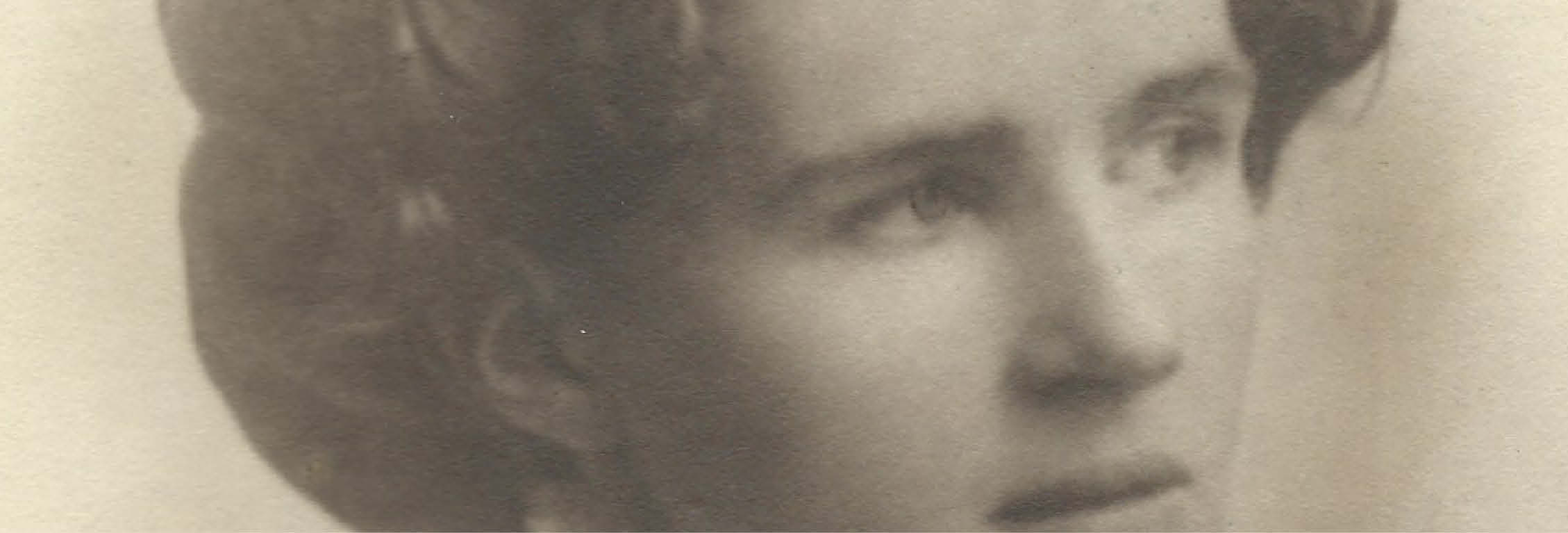
Author: Natasha Cantwell
Communications & Public Programming Officer
The 2018 edition of Provenance is now available online.
Provenance is Public Record Office Victoria’s free annual online journal featuring peer-reviewed and forum articles. The in-depth research behind each article draws primarily on records from PROV’s diverse collection. Documents from the 19th century feature heavily in the latest edition. From the death penalty through to the threat of smallpox outbreaks, Provenance 2018 paints a harsh picture of life in both Melbourne and rural Victoria. Skipping forward a hundred years, this issue also uncovers the rule-bending that changed Melbourne's skyline forever:
- Common to all miners: the Inglewood Gold Field Common by Peter Davies, Susan Lawrence and Karen Twigg investigates a large, useful, but also troublesome public domain established in 1861 for the use of local people. As such, it was a contested space, a locus of competition, jealousy, conflict and racism.
- Of particular interest to archaeologists will be Dating Melbourne’s cesspits: digging through the archives by Barbara Minchinton, in collaboration with Sarah Hayes. This article discusses how records from Public Record Office Victoria were used to link the artefacts discovered in the digs from Melbourne’s notorious Little Lon district to the individuals who were living there at the time.
- For The Best Land Act: hope and despair at Merton, Jennifer McNeice researched firsthand accounts from landholders around Merton at the turn of the twentieth century. Their letters to the Minister of Lands show how they struggled to make a living from the stony, drought-prone district with many ending up in debt. Outbreaks of typhoid and constant bushfires added to the grimness of their situation and yet determined landholders held on against seemingly impossible odds.
- Lauren Murphy’s The notorious Michael O’Grady: Big Mick in early Melbourne explores the popularity of larrikins in nineteenth century Victoria. Through historic media records, Murphy pieces together the long forgotten figure of Big Mick, a constable with a criminal habit, infamous at the time for his entertaining court appearances.
- In Melbourne 1895, a nine year old girl gives evidence against the man accused of raping her. Her story is supported by Dr Emma Constance Stone, one of the founders of the Victorian Hospital for Women and Children. It was the first time a female doctor had given evidence in a Victorian court. The difficulties they faced and the dismissiveness of the jury makes Kath McKay’s Ethel a confronting read.
- Highly contagious, deadly and without a cure, the threat of smallpox loomed large over nineteenth century Victoria. In ‘The smallpox on Ballarat’: nineteenth-century public vaccination on the Victorian goldfields, Nicola Cousen’s research into vaccination efforts in Ballarat shows how authorities and doctors fought hard to contain both potential outbreaks and scaremongering by the media.
- John Waugh’s The Big Hill murder and the colonial death penalty investigates the secretive process that followed a death sentence in 1860s Victoria. Following a judge's verdict, the fate of a prisoner was up to the Governor of Victoria and their Executive Council who were bound by an oath of secrecy but had very few constraints when it came to reaching their decision.
- Giorgio Marfella’s research uncovers the rule-bending that led to what can be considered Melbourne’s first skyscraper in 1958. ICI House and the birth of discretionary tall building control in Melbourne (1945 – 1965) is a fascinating read, especially when you consider the current debates about building regulations in the CBD.
If you're interested in submitting to Provenance please get in touch directly with the editor at provenance@prov.vic.gov.au. Please note that to be eligible for publication, articles must have been researched using original records held by Public Record Office Victoria or contain research that promotes a better understanding of the collection.
Material in the Public Record Office Victoria archival collection contains words and descriptions that reflect attitudes and government policies at different times which may be insensitive and upsetting
Aboriginal and Torres Strait Islander Peoples should be aware the collection and website may contain images, voices and names of deceased persons.
PROV provides advice to researchers wishing to access, publish or re-use records about Aboriginal Peoples
